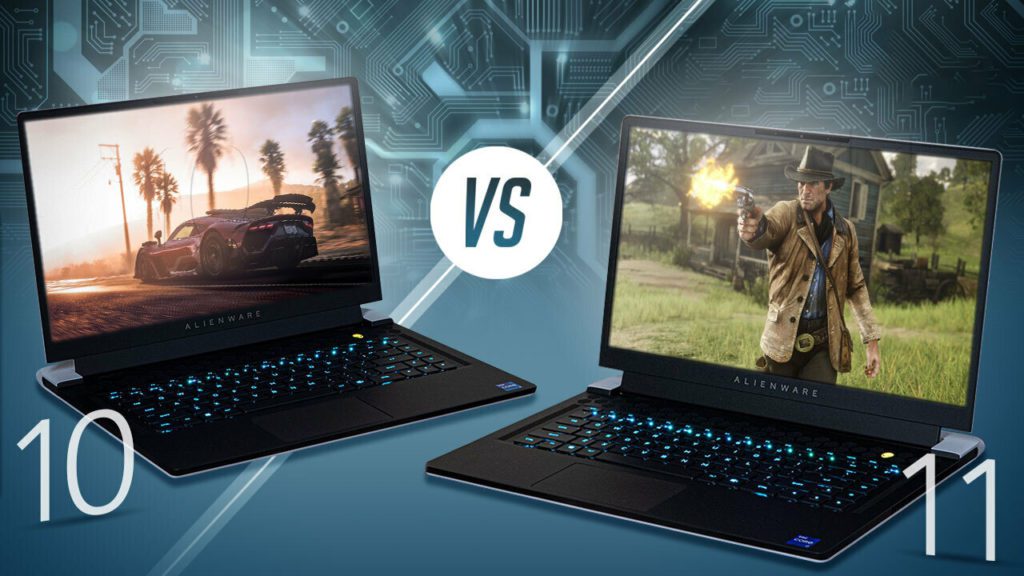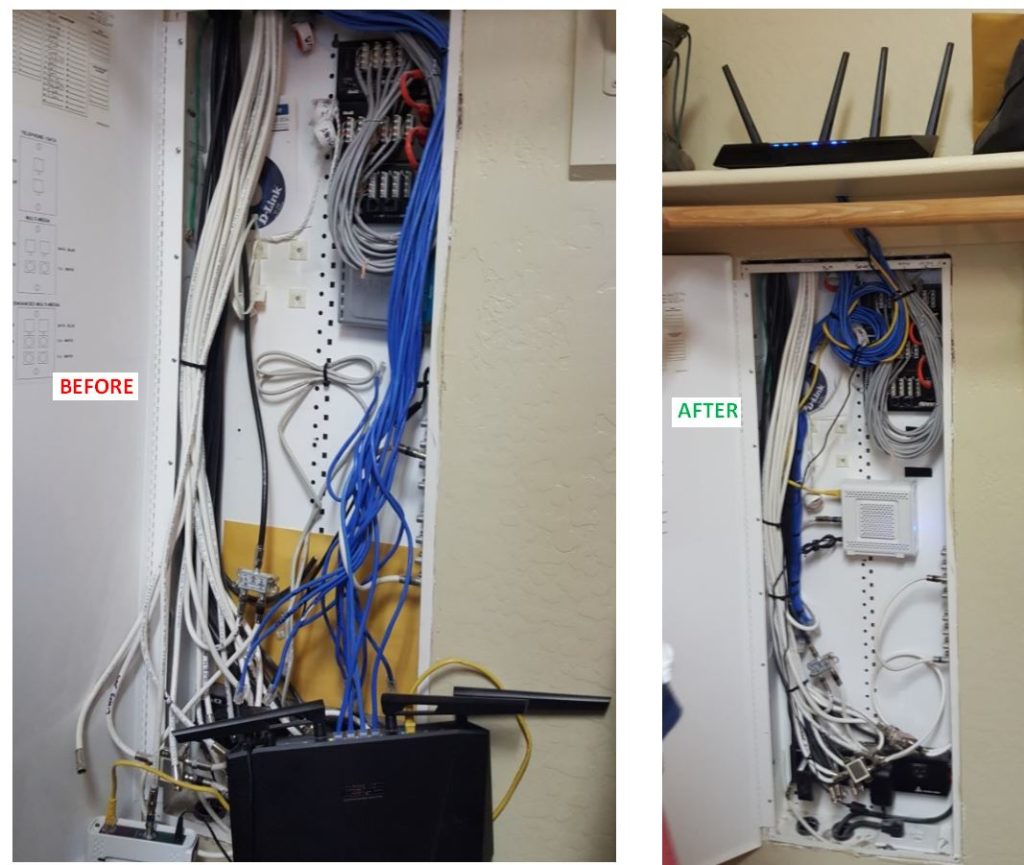
Introduction:
WordPress is one of the most popular website content management systems in the world, powering over 40% of all websites on the internet. However, with its popularity comes the risk of cyber threats and attacks. Hackers are always on the lookout for vulnerable websites to exploit. That’s why it’s essential to take steps to protect your WordPress website from potential hackers and malware. In this post, I’ll review three simple yet important ways to ensure your website stays safe and secure.
.
Keep Your WordPress Updated:
Keeping your WordPress site updated is essential in securing your website. WordPress frequently releases new versions that address security vulnerabilities and bugs. These updates also introduce new features and improvements to the platform, making it more user-friendly and efficient. Updating WordPress is a simple process that can be done within the admin dashboard. Check for updates regularly and MAKE SURE TO BACK UP YOUR WEBSITE before updating to avoid any loss of data. In my next post, I’ll discuss safe and effective ways to backup your WordPress website.
Install Security Plugins
Installing security plugins is another way to protect your WordPress website. These plugins provide an additional layer of security by detecting and blocking malicious code, brute force attacks, and other potential threats. While WordPress already comes with some built-in security features, installing a security plugin is a good way to enhance your website’s security. Some popular security plugins include Wordfence Security, iThemes Security, and Sucuri Security. These plugins offer features such as malware scanning, firewall protection, and two-factor authentication to keep your website secure.
Use Strong Passwords and Usernames
Using strong passwords and usernames is an essential step in securing your WordPress website. Avoid using easily guessable passwords such as “password123” or “admin.” Instead, use a combination of uppercase and lowercase letters, numbers, and special characters. Additionally, consider using a different username than “admin” to make it more difficult for hackers to gain access to your website. A strong username and password combination can go a long way in protecting your website from brute force attacks.
Limit Login Attempts
Limiting login attempts is another way to protect your WordPress website. By default, WordPress allows unlimited login attempts, which makes it easier for hackers to use brute force attacks. However, by limiting login attempts, you can prevent these attacks from happening. You can use a plugin like Login Lockdown to limit the number of login attempts allowed. This plugin will automatically lock out any IP address that exceeds the login limit, making it impossible for the attacker to gain access to your website.
Enable Two-Factor Authentication
Enabling two-factor authentication is a great way to protect your WordPress website. Two-factor authentication adds an extra layer of security to your website by requiring users to enter a code in addition to their password. This code is usually sent to their phone or email, making it difficult for hackers to gain access to your website. You can use a plugin like Google Authenticator to enable two-factor authentication on your WordPress website.
Conclusion
In conclusion, protecting your WordPress website from cyber threats is crucial. By keeping WordPress updated, installing security plugins, using strong passwords and usernames, limiting login attempts, and enabling two-factor authentication, you can significantly reduce the risk of your website being hacked or infected with malware. Remember to also backup your website regularly to avoid any loss of data. Stay vigilant and take the necessary steps to ensure your website stays safe and secure.
If you like this article and think it may be useful to you or to others, please use the links below to share it using one of the social media icons below. If you would like to see more useful articles like this, please email me at: info@623pc.com and let me know what you would like for me to discuss or perhaps do an article on.













